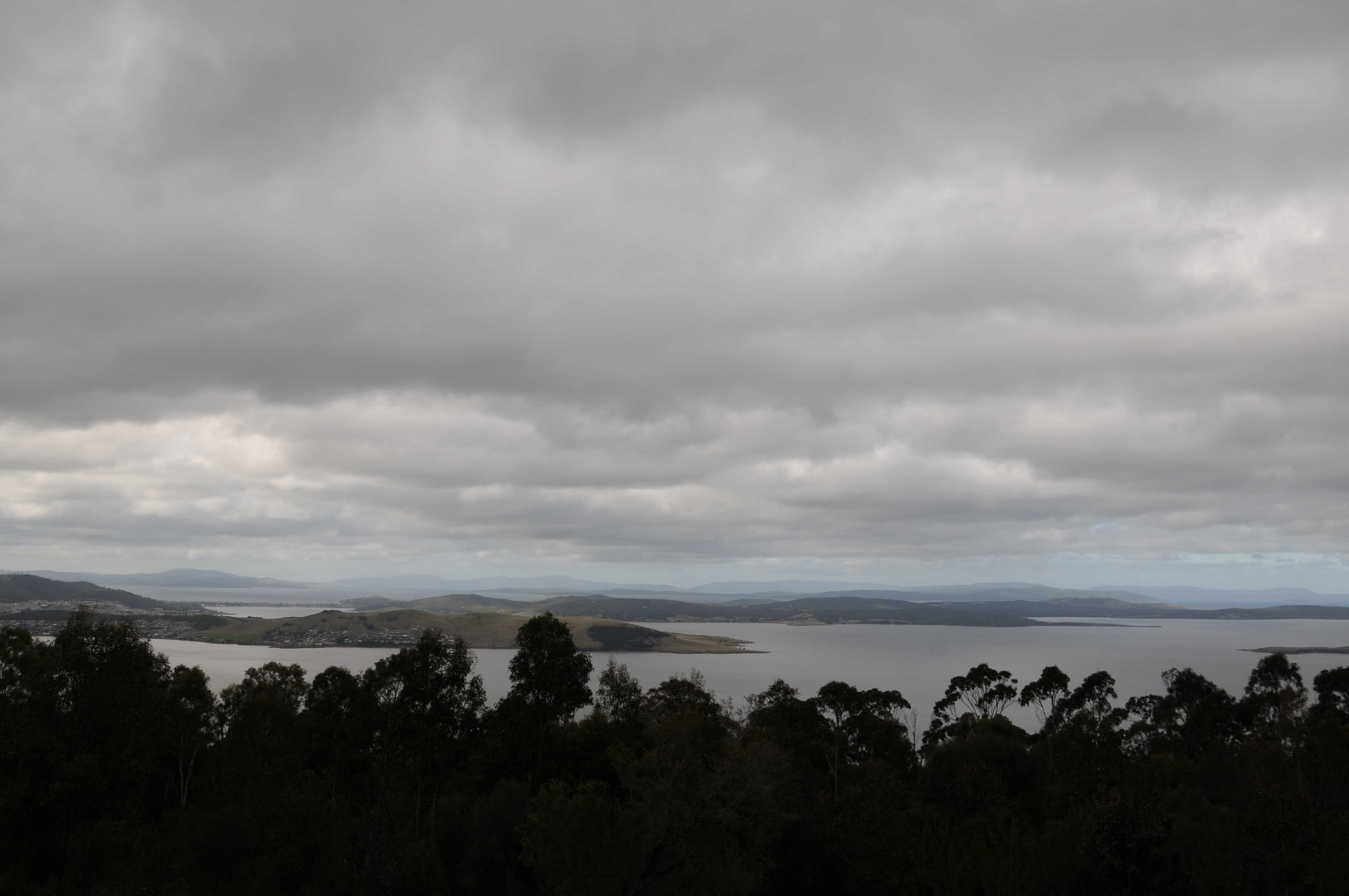CL = 5
(Section 2.8.2.1.5)(a) TECHNICAL SPECIFICATION
Stratocumulus non-cumulogenitus (not resulting from the spreading out of Cumulus).
(b) EXPLANATION
(i) Stratocumulus, which can occur at one or more levels, usually consist of grey or whitish sheets or layers that almost always have dark parts.
(ii) They are composed of fairly large elements, separate, merged or broken up into patches.
(iii) Infrequently in the form of a long, low detached horizontal roll cloud (volutus) or of small cumuliform tufts with very ragged lower parts (floccus).
(iv) Wind shear and turbulence may give the Stratocumulus a ragged appearance in places.
(v) Sometimes can produce precipitation in the form of very weak rain, snow or snow pellets.
(vi) When turrets of Stratocumulus castellanus develop strongly, they may reach the stage of Cumulus mediocris or congestus; the coding is then CL = 2, not CL = 5.
(vii) Stratocumulus non-cumulogenitus broken up into patches (CL = 5) can look similar to, but should not be confused with Stratocumulus formed by the spreading out of Cumulus or Cumulonimbus. In this latter case, the coding is CL = 4.
(viii) Sometimes, a layer of Stratocumulus assumes a menacing appearance and its base becomes diffuse in places, indicating a process of transformation into Nimbostratus. When the transformation is complete in a substantial continuous portion of the layer, as is evidenced by the absence of elements, this portion is identified as Nimbostratus and is reported as CM = 2.






